Sticking to military hair rules doesn’t mean you have to give up personal style completely. For women in uniform, the challenge is finding a look that’s both regulation-friendly and something you actually feel good wearing.
Some styles work great with daily routines and headgear, while others can lead to constant frustration. The right cut can make mornings easier, keep you comfortable, and still let a bit of your personality shine through. Because even within the rules, there’s room to make it your own.
Classic Bun
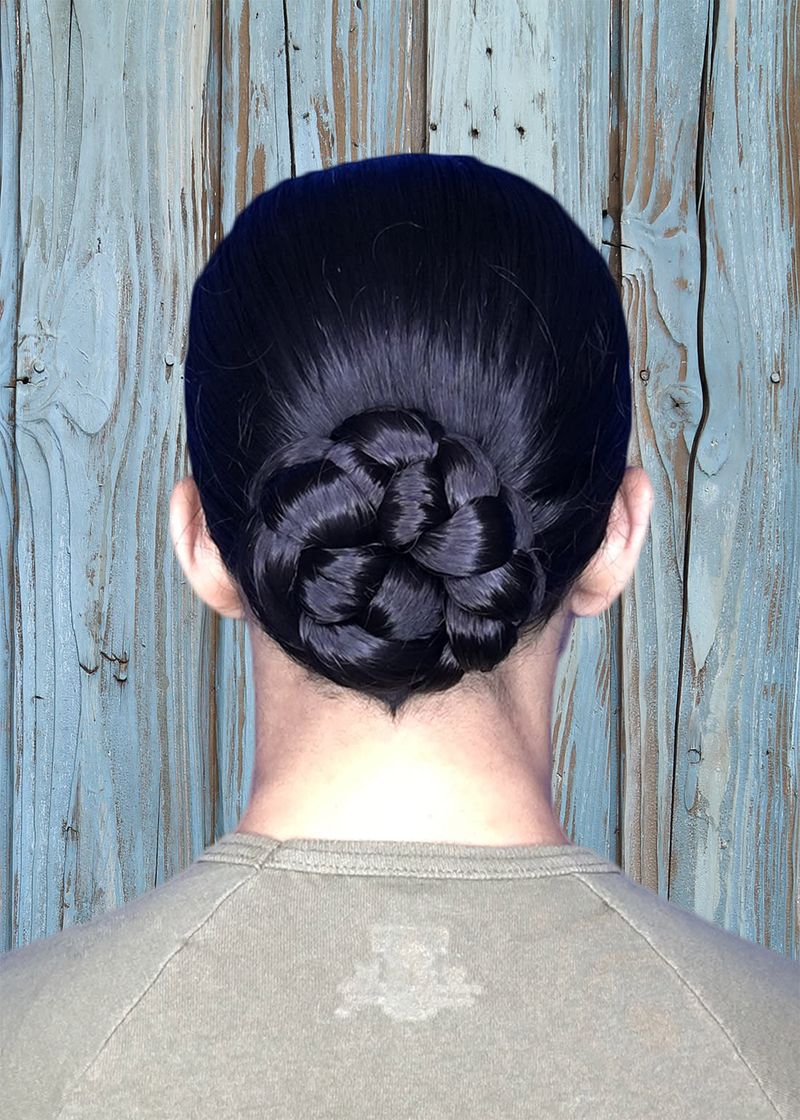
The classic bun is a timeless choice that meets military standards while remaining elegant. It’s simple yet versatile, perfect for any uniform or occasion.
Securely pinned at the nape, this hairstyle keeps hair off the face and collar for a clean look.
What’s great about this style is its adaptability. You can add a personal touch with subtle twists or braids.
For those with medium to long hair, the bun is both practical and sophisticated, making it a go-to for many women in uniform.
Try it with a hair donut for added volume.
French Braid

The French braid offers both security and a touch of flair. This style is perfect for keeping hair in place through rigorous activities while maintaining a polished appearance.
Ideal for women with medium-length hair, the French braid tucks neatly under a helmet.
Not only does it keep hair out of the way, but it also adds a touch of elegance. It’s a refreshing change from the standard bun and works well with any uniform.
To keep it tidy all day, use a light hair spray or gel.
Low Ponytail with Braids

For those who prefer a ponytail, incorporating braids adds interest while ensuring compliance.
The low ponytail with braids is practical and stylish, offering a modern twist to a classic look. It’s perfect for long hair and stays secure during physical activities.
Braids along the sides add texture and uniqueness, allowing for a hint of personal style.
This hairstyle is a great option for women wanting to keep their hair long yet functional.
Use neutral-colored hair ties to keep it subtle and regulation-friendly.
Pixie Cut

The pixie cut is a bold, low-maintenance option that exudes confidence. It effortlessly meets military regulations, requiring minimal styling while making a strong statement.
Perfect for those who prefer short hair, this cut offers ease and freedom.
It’s chic and modern, framing the face beautifully and allowing for easy helmet wear. The pixie cut stands out for its practicality and fashion-forward look.
To style, use a bit of mousse for volume and texture.
Braided Updo
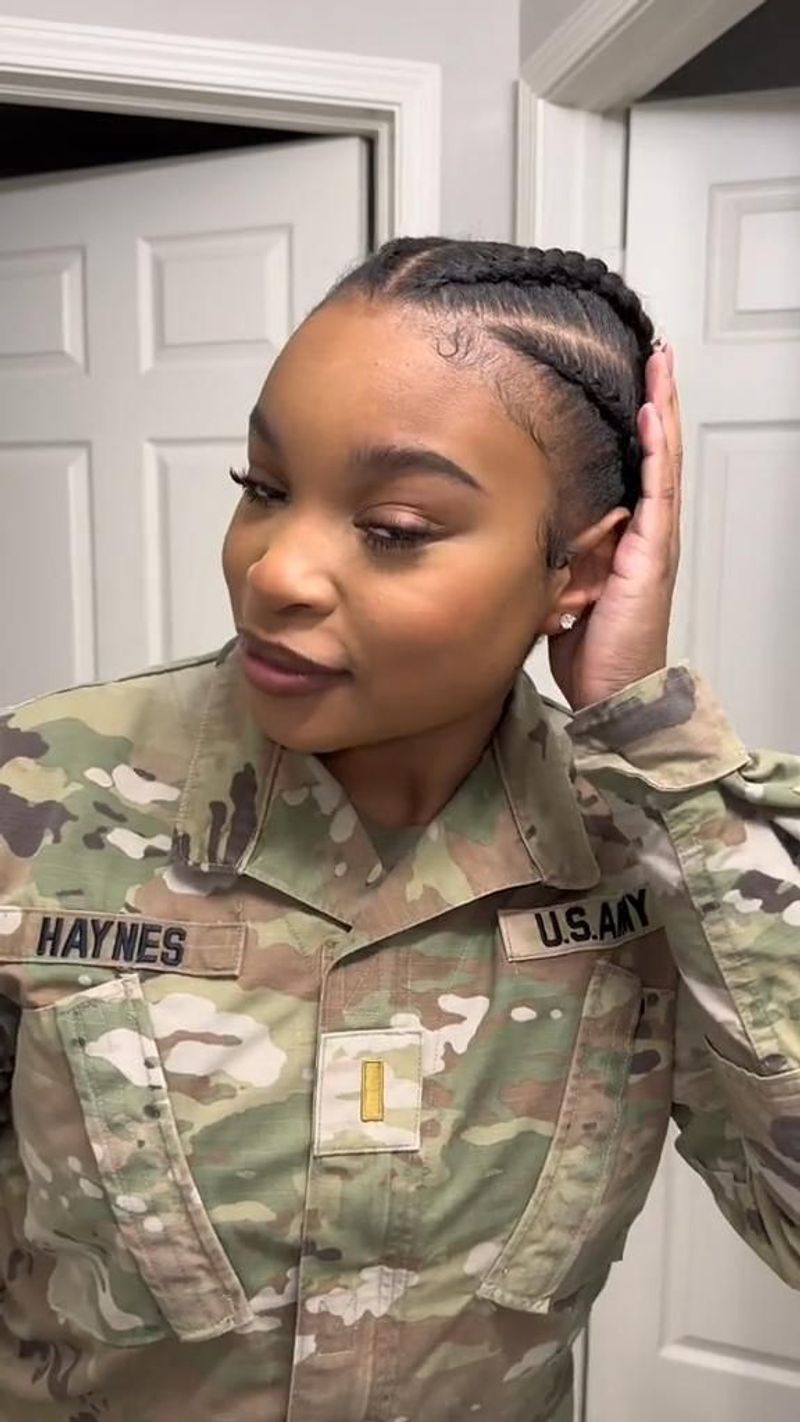
Braided updos offer a creative yet regulation-friendly option for formal occasions. This style combines elegance and functionality, ensuring hair is secure and stylish.
It’s perfect for women with long hair, providing a sophisticated look that stays in place.
The braided updo allows for personalization with different braid patterns and placements. This hairstyle is both professional and adaptable, suitable for various military events.
Consider using decorative pins for an extra touch of elegance.
Chignon
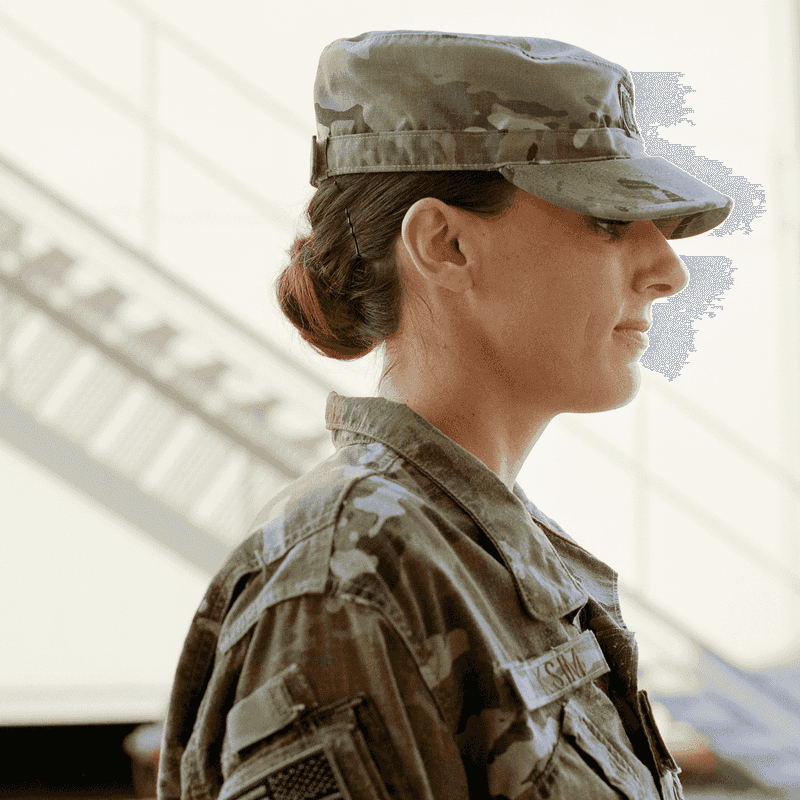
The chignon is a sophisticated hairstyle that meets military standards with grace. This low bun variant can be sleek or textured, providing options for different hair types.
It’s ideal for keeping hair off the collar and maintaining a professional appearance.
Perfect for both daily wear and formal events, the chignon’s versatility makes it a favorite among servicewomen. It complements any uniform and is easy to achieve with a few bobby pins.
To enhance the look, consider adding subtle twists.
Twist and Tuck
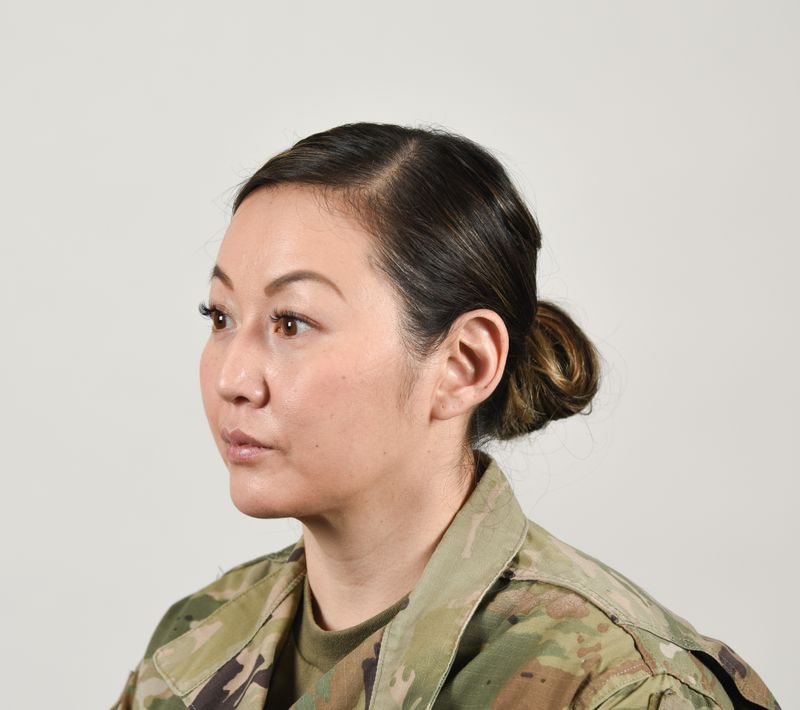
The twist and tuck is a simple yet stylish option, offering both functionality and flair.
This hairstyle involves twisting sections of hair and tucking them into a neat bun at the back. It’s a creative way to keep hair secure without compromising on style.
Ideal for medium to long hair, the twist and tuck offers a bit of charm with its intricate design. It’s perfect for those seeking a quick and easy regulation-friendly hairstyle.
Secure with pins to ensure it lasts all day.
Half-Up Braided Crown
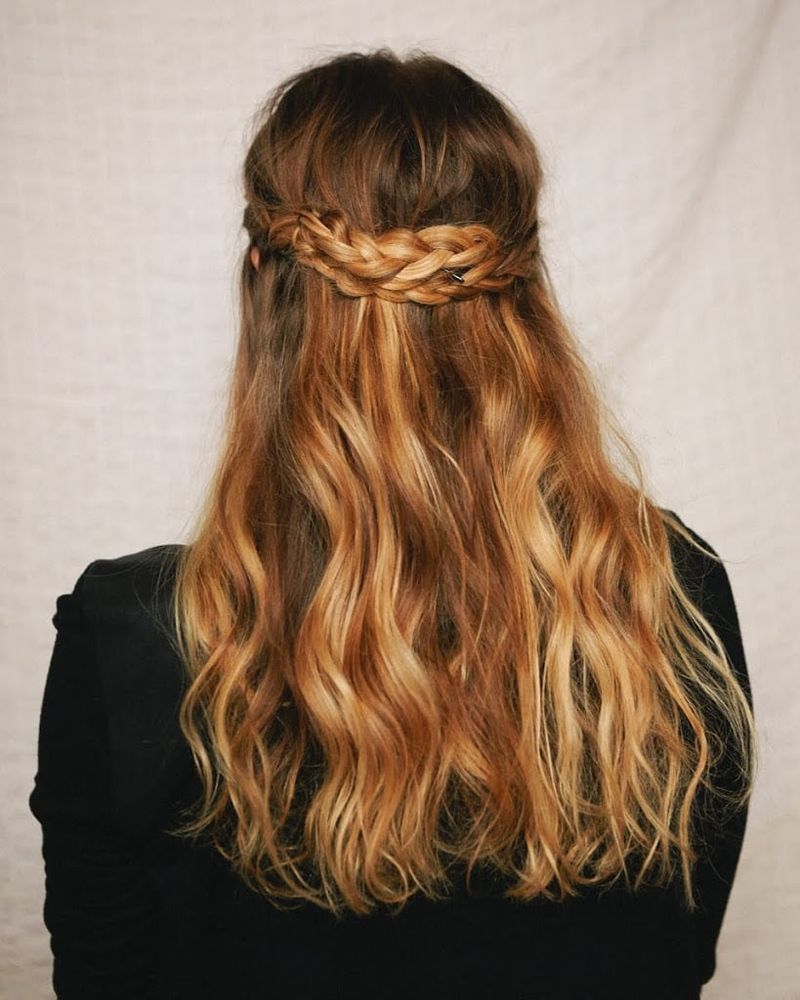
The half-up braided crown is a charming style that combines beauty and practicality.
This hairstyle keeps hair away from the face while allowing some freedom in the back. It’s ideal for those who want a touch of femininity without breaking regulations.
This style works well for medium-length hair, adding a unique twist to the standard half-up look.
The braided crown provides a hint of elegance, making it suitable for both everyday and special occasions.
Use clear elastics for a seamless finish.
High Ponytail
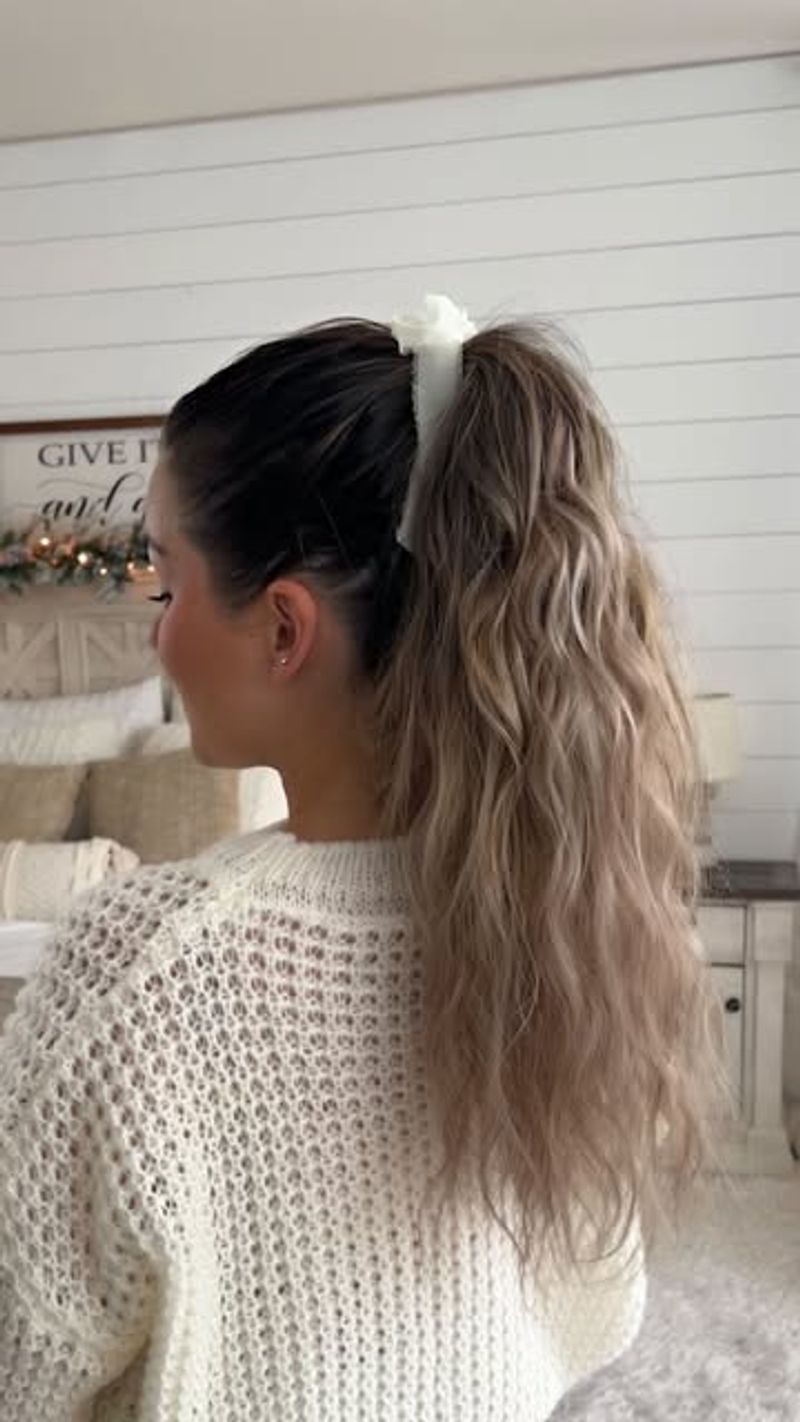
A high ponytail might seem like a go-to, but it’s often discouraged in military settings due to potential interference with headgear.
Although stylish and easy, the height can place it against regulation standards. It often fails to keep hair securely in place.
This style, while visually appealing, can cause issues during physical activities or when wearing a helmet. It tends to bounce, creating a distraction.
However, if adjusted to sit lower, it can be adapted to meet the standards.
Loose Waves

Loose waves offer a casual and relaxed look, often not suitable for strict military regulations.
While the waves give a sense of natural beauty and ease, they can appear unkempt and unprofessional in a military context.
This style can also be challenging to maintain throughout a busy day, as the waves may lose their shape. For official duties, more structured hairstyles are recommended.
Consider opting for this style on leave days or in non-official settings.
Messy Bun

While trendy and popular, the messy bun is typically unsuitable for military environments. The ‘messy’ look contradicts the need for neatness and order.
Strands often escape, leading to a disheveled appearance and non-compliance with regulations.
Though it may offer a carefree style, it lacks the precision required in a military setting. This hairstyle can also interfere with headgear, making it impractical.
For off-duty days, the messy bun can be a relaxed option.
Top Knot

The top knot, though fashionable, is generally unsuitable for military life. Its high placement doesn’t accommodate helmets or hats, which can be problematic.
While it offers a striking silhouette, it doesn’t align with the neat appearance required in the military.
This hairstyle might also cause discomfort during prolonged wear due to its tightness. While stylish for casual outings, it’s best reserved for non-duty days.
Consider a lower bun or ponytail for a military-friendly alternative.
Long Loose Hair
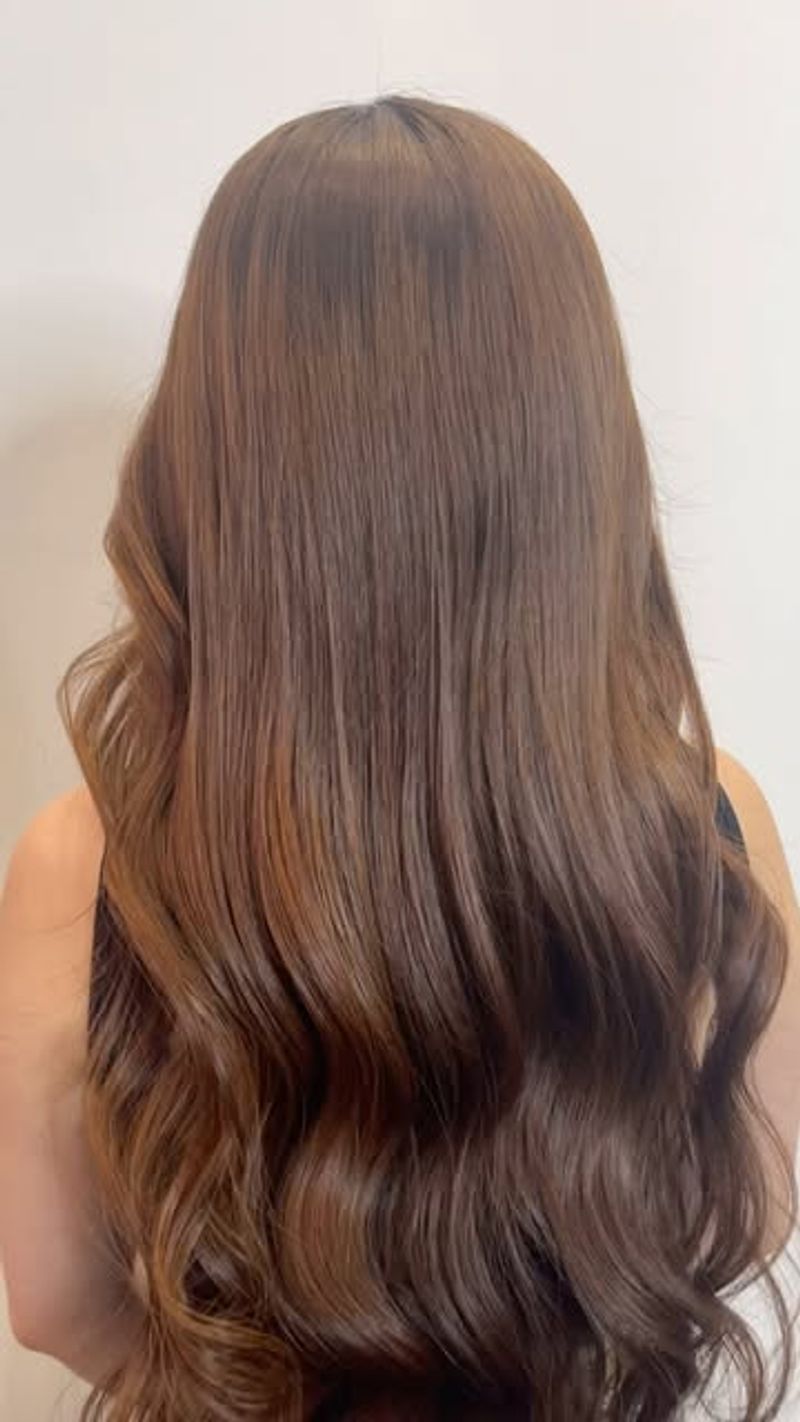
Long, loose hair is undeniably beautiful, but it often clashes with military standards.
Its unrestrained nature poses a risk during physical tasks and fails to project the disciplined image required.
For women in uniform, maintaining a tidy appearance is crucial, making this style impractical for official duties. The risk of hair getting caught or tangled during activities is a concern.
Reserve this style for off-duty days when maintaining regulations isn’t a priority.
Side Ponytail
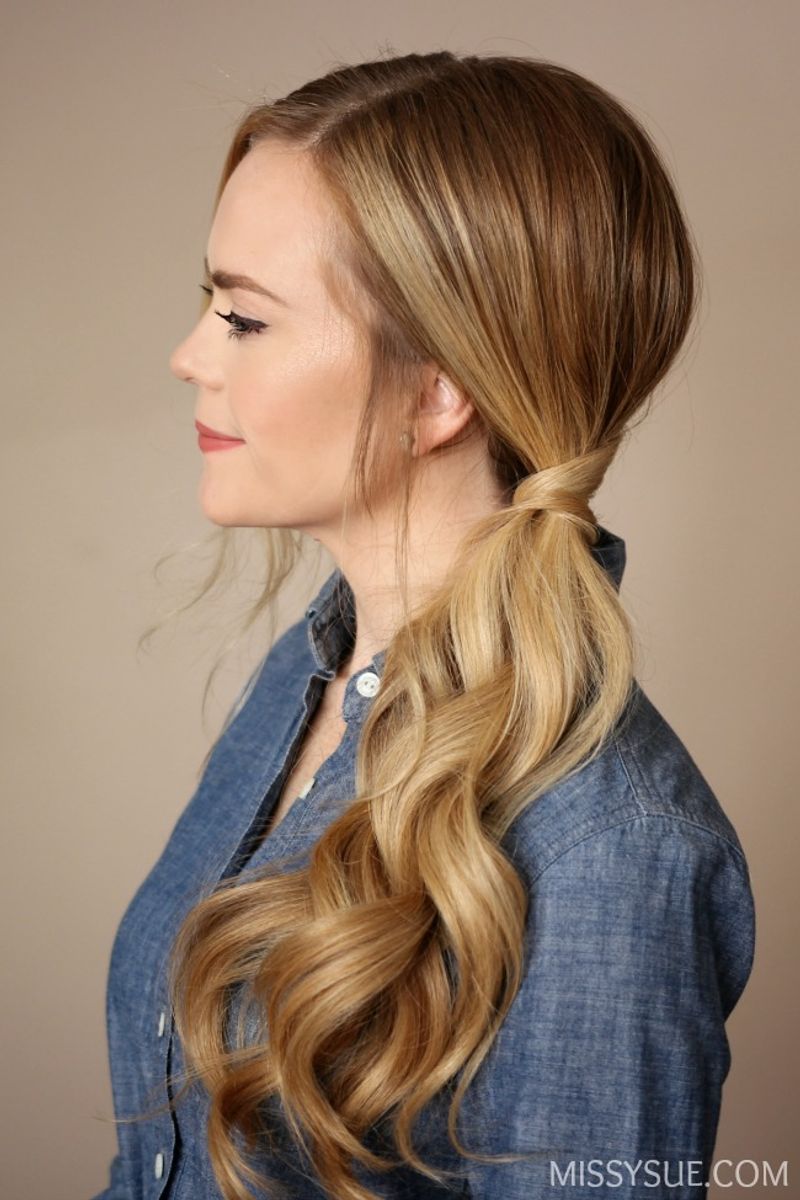
The side ponytail, while playful, does not typically meet military standards.
Its asymmetrical design can interfere with wearing helmets or other headgear, creating discomfort.
Though it adds a fun twist to the traditional ponytail, it often appears too casual for military duties.
This style may also present challenges in maintaining a tidy look during rigorous activities.
Consider centering the ponytail for a regulation-friendly version.
Unkempt Braids
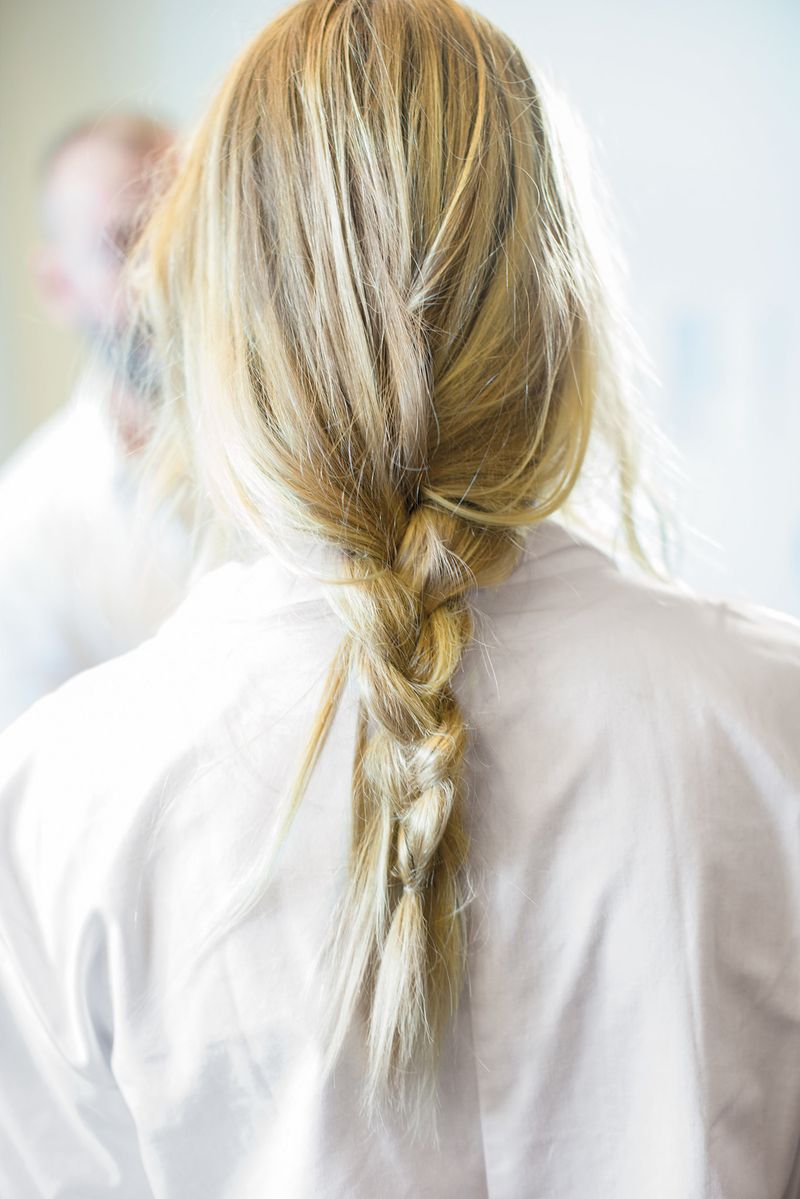
Unkempt braids may offer a bohemian charm, but they fall short of military grooming standards.
Their loose nature can lead to a disorganized appearance, which contradicts the military’s emphasis on order and precision.
Such styles can also be impractical for active duty, as they may unravel during physical activities. They lack the clean, professional look required for official duties.
For a military-appropriate alternative, opt for neatly secured braids.
Spiky Hair

Spiky hair styles, characterized by their boldness, often exceed the limits of military grooming policies.
While they may express individuality, the extreme styling typically does not align with professional standards.
Such looks can clash with the disciplined image the military seeks to project.
Spiky hair may also create difficulties with wearing helmets, making it a less practical choice.
Aim for a more subdued styling approach to ensure compliance.
